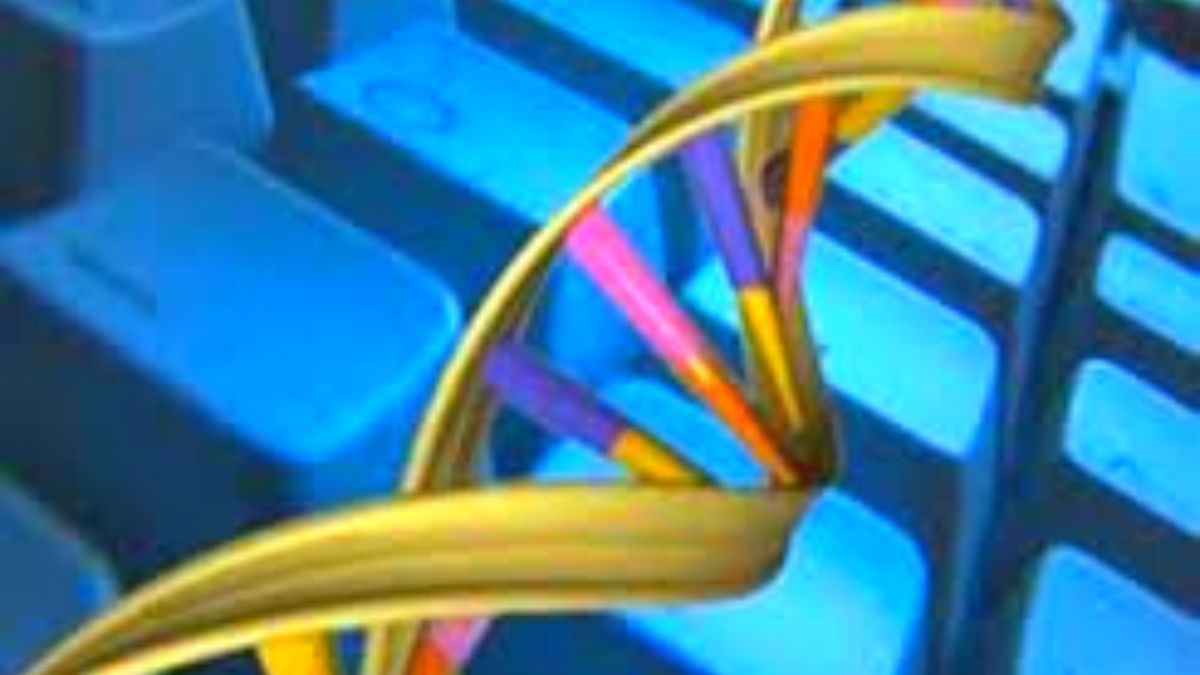Hopkin University scientists recently released a plan for a new field of research called “organic intelligence.” This particular field of research aims to create biological computers. In such an invention, the goal is a combination of lab-grown and developed brain cultures, input and output devices, and real-world sensors. The aim is to control the brain’s processing capabilities and delve into the biological basis of learning, cognition, learning and countless neurological disorders.
Understanding the human brain then and now!
People have always been curious about the human mind. However, unlike all other parts of the body, studying the human mind has never been easy. Previously, methods such as ablation were used in animals, especially mice, to study parts of the human brain that are similar in both mice and humans. Using brain research techniques on animals and sometimes harming them in the process of advancing understanding of human behavior has always been a controversial discussion. Furthermore, although studying the mouse brain is an easier and perhaps more accessible alternative to studying the human brain, one cannot ignore the vast differences in structure and function of the mouse and human brains. brain. Next are advanced methods such as EEG, MEG and fMRI to study the human brain.
Currently, the technology is probably at its best, and therefore 3D brain cultures will be the next big step. Modern scientists are engineering brain organoids, which are essentially 3D cultures of the brain engineered in the lab. These organs will actually be called “mini brains” and will be created using human stem cells. These brains may contain a myriad of structural and functional features of the developing human brain. Who thought humanity could create a miniature human brain in the 21st century?
Human behavior is based on some internal or external stimulus. The human brain requires various sensory inputs like sight, smell, touch etc and that is what makes it such a complex yet amazing organ of the body. A new science in its infancy cannot compete with nature. Cerebral organoids not only lack the sensory inputs of the normal human brain, but also do not have a blood circulatory system.
Learn about biocomputers
The biocomputer will be designed and created by combining brain organoids and modern computing methods. Machine learning will be used to match organic substances. The organic substances will be grown inside flexible structures attached to various electrodes. One can imagine them as similar to what is used in the case of EEG readings.
Such structures will be able to delve into the recording and study of neuronal activity patterns. They will also provide electrical stimulation to mimic sensory stimuli. Machine learning techniques will then be used to analyze human behavior and biology.
Not long ago, scientists grew human neurons on a microelectrode array to not only record but also stimulate those neurons. With the help of positive or negative electrical feedback obtained from sensors, neurons can be trained to produce a pattern of electrical activity that would be generated in the case of neurons Kinh is playing a sport like table tennis.
Categories: Optical Illusion
Source: pagasa.edu.vn
